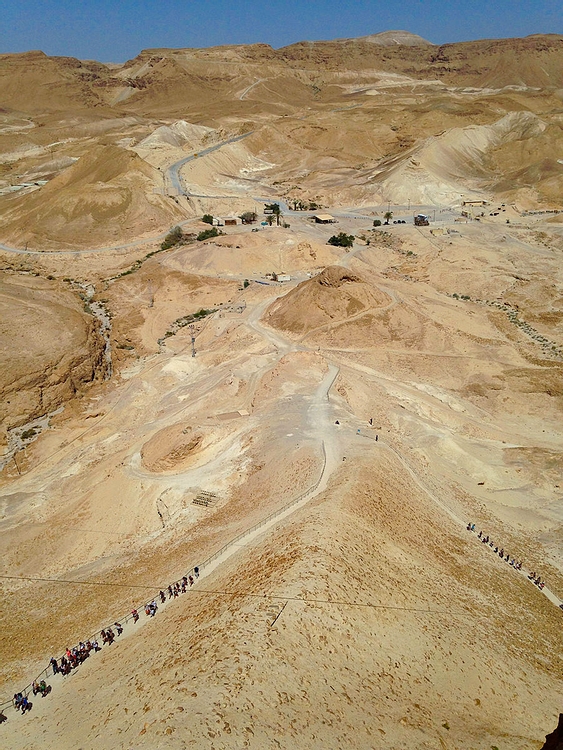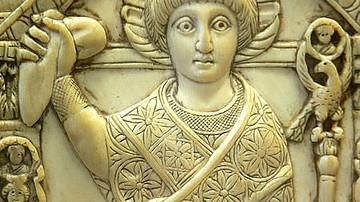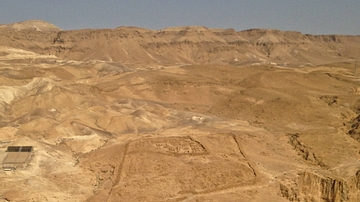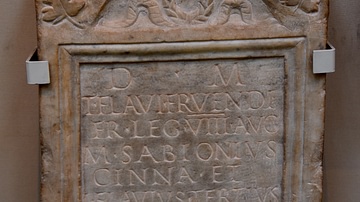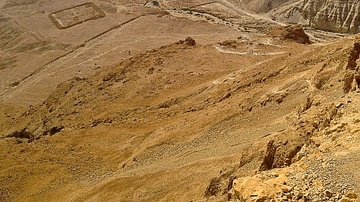Illustration
The Roman assault ramp is located on the western slope of the Masada cliff. It was constructed on a natural spur that abuts the mountain and is composed of stone and earth reinforced with timber bracings. According to Josephus, an ironclad siege tower containing a battering ram was hoisted up the ramp and placed into position to strike against the rebels’ casemate wall. This account is supported by the archaeological evidence as it is directly above the modern summit of the ramp that the location of the breached defence wall is found.
As the last outpost of resistance following the fall of Jerusalem in 70 C.E., the Jewish Zealots that occupied Masada held the palace-fortress from 66 C.E. until the Roman siege which began in 72-73 C.E. The siege was led by Roman general Flavius Silva of the Legio X Fretensis (a veteran military unit) and was brought to an end in 73-74 C.E. when the Zealots chose to commit mass suicide rather than be taken prisoner.
About the Author
References
- The Last Days and Hours at Masada, accessed 1 Dec 2016.
- The Masada Seige, accessed 1 Dec 2016.
Cite This Work
APA Style
Murray, D. (2015, March 04). The Masada Ramp. World History Encyclopedia. Retrieved from https://www.worldhistory.org/image/3682/the-masada-ramp/
Chicago Style
Murray, Dana. "The Masada Ramp." World History Encyclopedia. Last modified March 04, 2015. https://www.worldhistory.org/image/3682/the-masada-ramp/.
MLA Style
Murray, Dana. "The Masada Ramp." World History Encyclopedia. World History Encyclopedia, 04 Mar 2015. Web. 15 Apr 2025.

